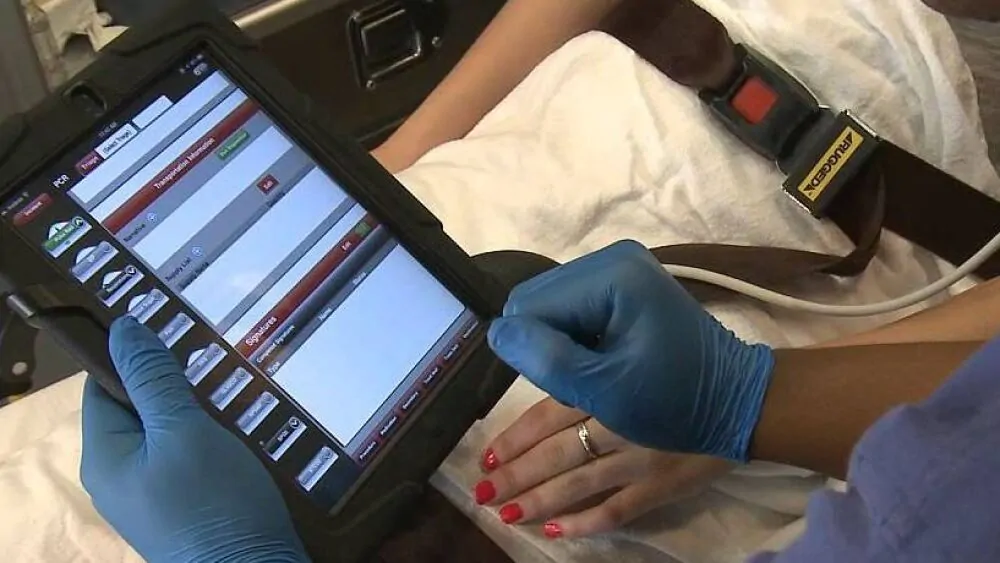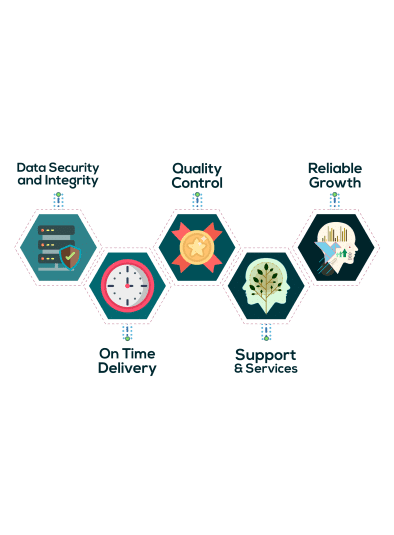
How Patient Care Report (PCR) Software Enhances Data Accuracy for EMS Providers
Data accuracy plays a key role in providing high-quality patient care. For emergency medical services (EMS) providers, the ability to ensure data accuracy is essential to attaining compliance and making the right decisions. Having access to correct and reliable information supports effective communication between EMS providers and healthcare facilities as well as empowers medical professionals to assess patient conditions quickly and make timely interventions. In contrast, inaccurate or incomplete data can lead to medical errors, delays in treatment, and legal or regulatory complications.
To address these challenges, many EMS teams are turning to Patient Care Report (PCR) software as an effective solution. This technology is designed to streamline data collection and reporting, help reduce errors, and enhance accuracy in documentation. By leveraging an electronic PCR software, EMS providers can ensure that vital information is captured and shared accurately, improving overall performance and patient outcomes.
Here are some of the key ways that a PCR solution can improve the accuracy of information while undertaking emergency medical services.
Automated Data Entry
One of the primary features of PCR software is its ability to automate data entry. By integrating with devices such as ECG monitors, pulse oximeters, or vital signs monitors, a PCR system can automatically import critical patient data without requiring manual input from EMS personnel. This significantly reduces the risk of human error that can arise when manually typing numbers, vitals, or other important details.
For example, instead of recording a heart rate or blood pressure reading by hand, the data is transferred directly into the PCR system. A streamlined process like this ensures that the details are accurate and free from transcription mistakes. Automating data entry also allows EMS providers to focus on patient care rather than being bogged down by paperwork.
Standardized Data Fields
PCR software comes with predefined fields for essential data points such as patient demographics, symptoms, medical history, and treatments provided. By standardizing the data collection process, the software allows EMS personnel to collect and record the same types of information for each patient. This consistency reduces the likelihood of missed or incomplete data and verifies that the information recorded is uniform across different teams and incidents. Having this level of standardization is crucial for maintaining accurate, comprehensive records that meet both internal guidelines and external reporting requirements.
Real-Time Validation
One of the biggest contributors to data inaccuracies is missing or incorrect information that, unfortunately, may not be caught until after the report has been submitted. PCR software like what Traumasoft provides mitigates this issue by providing real-time validation as data is entered. The system checks each field and flags any inconsistencies or missing information, allowing EMS personnel to correct the issue before the report is finalized. Adopting a proactive approach ensures that errors are identified and corrected immediately, thereby improving the overall quality and accuracy of the documentation. Real-time validation also provides EMS agencies with more reliable data for post-incident review and quality assurance.
Drop-Down Menus and Checklists
PCR software often includes drop-down menus and checklists for frequently used terms and conditions, such as common diagnoses, medications, and procedures. These features minimize the need for free-text entries, which can introduce spelling errors or inconsistencies. The means to select from pre-populated lists allows EMS personnel to ensure that information is entered in a clear, consistent format. It reduces variability and makes it easier to search, analyze, and report on key data points. Additionally, drop-down menus ensures that specific details are recorded with less room for omissions or ambiguous entries.
Mobile and Field Accessibility
Mobile devices such as tablets or rugged laptops allow EMS providers to document patient information in real time, allowing for accurate documentation directly at the scene of an incident. The use of these portable devices when collecting information eliminates the need to rely on memory or hastily scribbled notes that are later transcribed into formal reports. The presence of these peripherals in the field ensures that patient data is recorded accurately and immediately, providing a clear, detailed account of the care provided. In addition, real-time documentation means time-sensitive data, such as treatment timelines and vitals, are captured correctly.
Integration with Other Systems
PCR software can seamlessly integrate with other healthcare and EMS systems, such as hospital information systems, dispatch systems, and billing platforms. Integration with these systems reduces the need for manual data transfer between systems, which is a process that can introduce errors or lead to incomplete records.
For example, when a patient’s data is transmitted directly from an EMS team’s PCR system to the receiving hospital’s records, it eliminates the need for manual re-entry of vital information, ensuring that no details are lost in the transition. This level of interoperability enhances accuracy while also speeding up the overall workflow.
Customizable Templates
PCR software often allows EMS organizations to customize templates to suit their specific reporting needs. Whether your team follows particular protocols or requires additional data fields, these templates ensure that all necessary information is captured during each incident. This flexibility helps ensure that the reports meet regulatory standards, as templates can be adjusted to comply with local or national EMS reporting requirements.
Preloaded Protocols and Guidelines
A well-designed PCR system includes preloaded medical protocols and treatment guidelines that can act as a guide for EMS personnel as they provide care. These guidelines help ensure that the treatments administered are documented accurately and according to accepted standards.
For example, when a paramedic administers medication, the PCR software can prompt them to input dosage details, administration method, and patient response. Adhering to pre-established protocols lets EMS teams make sure that they are capturing the right information thoroughly and accurately.
Implementing PCR software in your EMS organization ensures that accurate, reliable data is captured at every stage of the patient care process. Accurate data, in turn, leads to better decision-making, improved communication with hospitals, and ultimately, better patient outcomes. Investing in PCR technology is a win for everyone involved, as its presence ensures that EMS providers can deliver the highest standard of care while maintaining accurate and reliable records.



